Ultimate Environment for Data Science
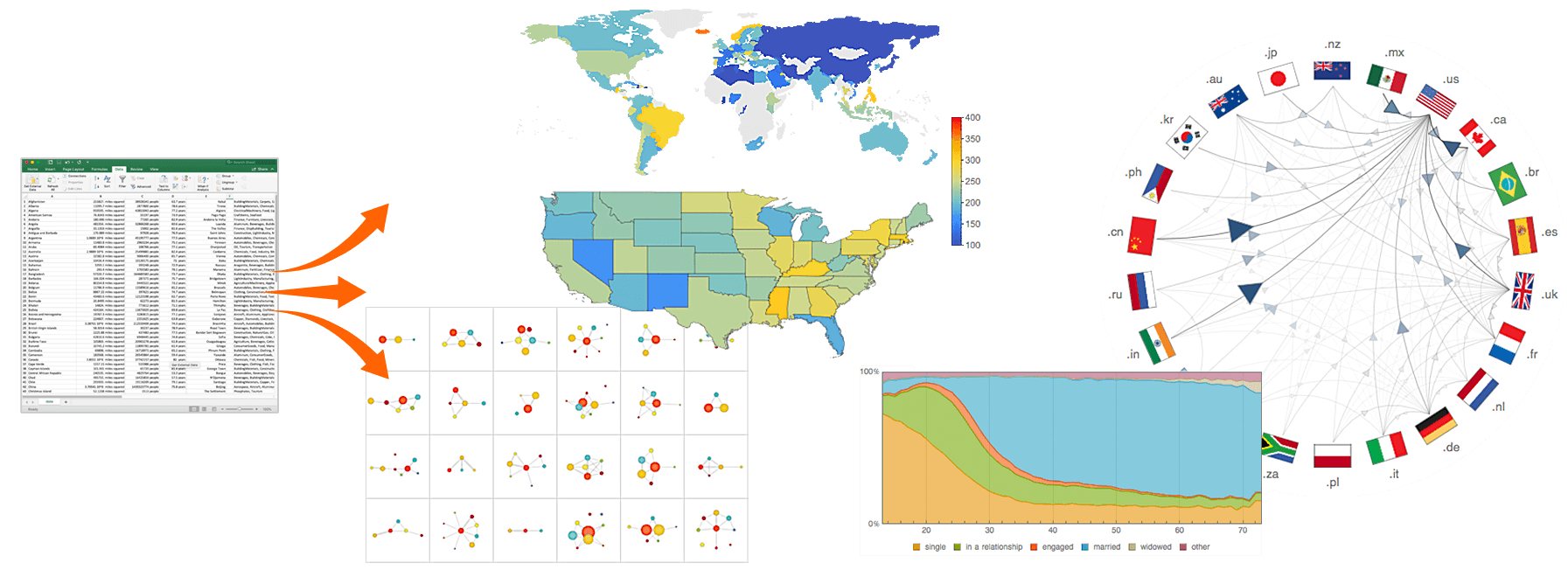
Wolfram is a preeminent provider of data science solutions and services—applying a multiparadigm approach to optimize data-driven answers by deploying the widest range of computational methods, advanced automation and human-data interfaces, rather than using the same predetermined recipes across diverse problem types.
Wolfram Data Science Areas
The field of data science is constantly growing and changing. A multiparadigm workflow requires a broad algorithmic toolkit with the full suite of processing, analysis and visualization for ever-increasing computational needs.
Machine Learning
Generate adaptive models directly from complex datasets for object classification and predictive analytics, such as identifying which new advertising markets to enter.
Examples using machine learning
Classifying Japanese Characters from the Edo Period
Predictive Analytics in Finance
Predicting Winning Odds of Italian Series A Soccer 1934–2017
Graph/Network Analysis
Explore and visualize systems of discrete relationships to analyze correlations and patterns, such as modeling demographics in a social network.
Tech for graph/network analysis
Examples using graph/network analysis
Analyzing Social Networks of Colonial Boston Revolutionaries with the Wolfram Language
Growth and Spreading of Topics on INSPIRE-HEP
Identification & Graph Structure of Rivers
Time Series
Model, simulate and forecast sequences of events over time to track long-term trends and make predictions, such as expected sales for the next holiday season.
Inflation Forecasting with SARIMA Modeling
Predictive Analytics in Finance
Neural Networks
Create and train layered processing networks for deep analysis and processing tasks, such as recognizing defective items coming off a production line.
Examples using neural networks
Walking the Dog: Neural Nets, Image Identification and Geolocation
Semantic Image Segmentation Neural Network in the Wolfram Language
Finding Yoga-Poses Constellations in the Night Sky
Higgs Boson Classification via Neural Network
Cluster Analysis
Group and analyze data based on similarity measures to extract underlying patterns and relationships, such as which customers are most similar to your top 100.
Clustering Techniques for a Large Multi-asset Portfolio
Idea-Nets and Uniqueness of US Inaugural Addresses
Semantic Text Analysis
Analyze underlying structures in linguistic data to clean up data and extract meaning, such as determining sentiment in customer comments.
Tech for semantic text analysis
Examples using semantic text analysis
The Great Conversation in USA Presidential Speeches
Dynamic Visualization
Display data in styled plots, charts and infographics, making it human-readable and interactive for quick analysis and decision making.
Tech for dynamic visualization
Examples using dynamic visualization
Reddit DataViz Battle JAN2018: Visualize the Growth Rates of Algae
The Voters Have Spoken—But What Did They Say? (Part 2)
Temperature in Champaign, IL, from 1973–2017—Visualization
The Global Terrorism Database (GTD)
Flight Data and Trajectories of Aeroplanes
Survival Analysis
Compute survival functions and lifetime distributions to analyze time-to-event data, such as the expected lifetime of a piece of industrial equipment.
Examples using survival analysis
Survival Probabilities in the United States
Report Generation
Display conclusions and insights in a styled, formatted document for meetings, ongoing projects or public information, like a quarterly earnings report.
Examples using report generation
 Show All (12 more)
Show All (12 more)
Data Semantics
Standardize various incoming datasets into a unified framework for easier analysis, such as consolidating data with different unit systems.
Automotive Reliability in the Wolfram Language
Protecting NHS Patients with the Wolfram Language
LHC Data Exploration Using the Wolfram Language
The Global Terrorism Database (GTD)
Queueing Theory
Model and simulate systems of queues to analyze waiting times and resource allocation, such as the optimal number of tellers at a bank branch.
Examples using queueing theory
Wavelets
Deconstruct data signals into constituent parts for advanced manipulation and filtering of specific features, such as eliminating background noise from sensor data.
Wavelets and Their Application in Mathematica
Systems Modeling
Model physical, electrical and other systems to inform design decisions, like the most effective heating installation for a building.
Examples using systems modeling
Coffee Optimization, How to Get Your Cup of Joe Just Right
Deriving Transfer Equations of Active Filters with the Wolfram Language
Measurement and Visualization of Energy Production "Solar Heaters"
Topology Optimization in Stress-Strain Problem
Statistical Distributions
Fit historic data to parametric distributions to make inferences about the underlying events, such as the likelihood of a customer clicking through an ad.
Tech for statistical distributions
Examples using statistical distributions
Affordable Care Act: An Experiment on Possible New Regulations
Predictive Analytics in Finance
Random Processes
Model the progression of a system over time to make observations and predictions about its behavior, such as analyzing peak hours at a particular store location.
Examples using random processes
How to Win at Risk: Exact Probabilities
Inflation Forecasting with SARIMA Modeling
Optimization
Use high-level mathematics to discover the "best values" for your data in relation to key criteria, such as the ideal allocation of portfolio assets.
Solve Bus-Routing Problem with a Single Destination and Multiple Depots?
Coffee Optimization, How to Get Your Cup of Joe Just Right
Topology Optimization in Stress-Strain Problem
Morphological Analysis
Use geometric transformations on images and higher-dimensional data to analyze spatial properties, such as counting particles in a microscopic image.
Tech for morphological analysis
Examples using morphological analysis
Computational Microscopy with the Wolfram Language
Slicing Silhouettes of Jupiter: Processing JunoCam Images
Topology Optimization in Stress-Strain Problem
Classifier for Images of Clouds
Computer Vision
Process visual data with machine learning and other sophisticated algorithms for analysis of features and patterns, such as identifying road hazards from a video feed.
Examples using computer vision
Walking the Dog: Neural Nets, Image Identification and Geolocation
Classifying Japanese Characters from the Edo Period
Classifier for Images of Clouds
Hand Gesture & Sign Language Recognition
Signal Processing
Process and filter images, audio and other collected data to analyze underlying patterns, such as detecting an irregular heartbeat from an ECG.
Examples using signal processing
How to Use Your Smartphone for Vibration Analysis, Part 1: The Wolfram Language
How to Use Your Smartphone for Vibration Analysis, Part 2: The Wolfram Cloud
Slicing Silhouettes of Jupiter: Processing JunoCam Images
Custom Interface Construction
Make interactive onscreen controls for real-time adjustment of parameters in analyses and visualizations, allowing deeper exploration of data.
Tech for custom interface construction
A Basic NLP Application with Classify
Parallel Computing
Distribute parallel tasks to available computation units for large-scale scientific computing and other high-performance applications.
Examples using parallel computing
Geocomputation
Use precise geolocation data and powerful geodetic computations to accurately examine real-world situations, such as visualizing optimal routes for a bus service.
Double Eclipse! Or Why Carbondale, Illinois, Is Special
Get Ready for the Total Solar Eclipse of 2017
Walking the Dog: Neural Nets, Image Identification and Geolocation
The Voters Have Spoken—But What Did They Say? (Part 2)
Identification & Graph Structure of Rivers
Mathematical Modeling
Drive systems of differential equations, recurrence relations and symbolic formulas with your data to test and refine models, such as computing the recovery rate of an epidemic.
Tech for mathematical modeling
How Laplace Would Hide a Goat: The New Science of Magic Windows
Affordable Care Act: An Experiment on Possible New Regulations
Analysis of Rates of Murder by Firearms in the US
 Show Less
Show Less
How It Works in the Wolfram Language





 Show the rest
Show the rest
Quick Examples to Try
Recognizing Handwritten Digits
Machine learning • Classification • Data analysis & visualization • Data Repository • Image processing
Visualize Celebrity Gossip
Graph analysis • Data analysis & visualization • Correlation • Data import • Semantic interpretation
Deploy an Age-Guessing Website
Interactive deployment • Cloud • Knowledgebase • Semantic interpretation
Analyze Meteorite Landings
Data analysis & visualization • Geographics • Data Repository • Import • Semantic interpretation
Classify Images as Day or Night
Machine learning • Classification • Data analysis & visualization • Image processing
Featured Examples
Visualization and Analysis of Runkeeper Statistics
IoT • Wearables • Data analysis & visualization • Geographics • Data import • Semantic interpretation
Simulating a Global Ebola Outbreak
Epidemiology • Data visualization • Predictive analysis • Semantic interpretation • Geographics
Finding Real Answers with Computational Lexicology
Lexicology • Data analysis & visualization • Linguistics • Graph analysis • Semantic interpretation
Cleaning and Structuring Large Datasets
Web scraping • Import • Semantic interpretation • Data wrangling • Data analysis & visualization
Exploratory Analysis for Safe Drinking Water Data Challenge
Machine learning • Data analysis & visualization • Geographics • Open data • Semantic interpretation
The Wolfram Edge
Wolfram technology can fully replace, act as a hub for or simply integrate with a wide range of different software packages and turn-key solutions across all areas of the data science lifecycle, encompassing a sum of their functionality and surpassing their combined utility thanks to uniquely integrated architecture. This is a guide to the elements of the Wolfram data science technology stack and how they relate to traditional software types.
Machine Learning
Advanced automated machine learning meets the power of symbolic computation
Wolfram has pioneered highly automated multiparadigm machine learning—and deeply integrated it into the Wolfram Language—making state-of-the-art machine learning in a full range of applications accessible to entry-level self-service analysts and researchers alike.
Show moreless


Data Analysis & Visualization
Broadest analysis & visualization toolset with built-in computational intelligence
Wolfram's uniquely integrated technology stack allows the creation of fully interactive visualizations that provide a new level of dynamic experience for exploring data, adding them directly into documents and deploying to virtually any platform of any scale, all from within one unified environment.
Show moreless
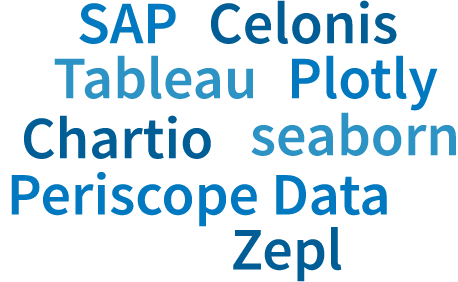
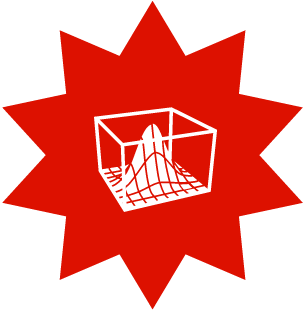
Statistical & Numerical Analysis
Largest collection of built-in statistical functions with the reliability of arbitrary-precision numerics and symbolic analysis
Wolfram dramatically raises the bar for statistical computation—making possible a vastly higher level of integration of the complete analysis workflow, as well as providing major extensibility beyond the specific functions implemented in particular statistical systems.
Show moreless
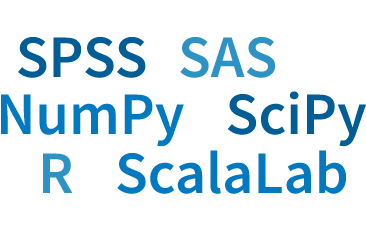
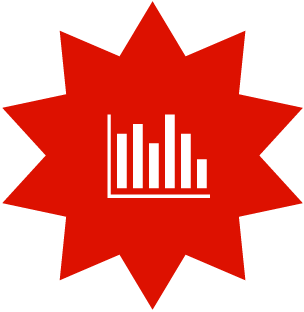
Database Connectivity & Data Processing
Seamless database connectivity & format-agnostic, content-aware data importing & processing
The symbolic character of the Wolfram Language allows it to support an exceptionally flexible and general approach to structured datasets. Unifying both relational (SQL-like) and hierarchical (no-SQL) standards, the Wolfram Language incorporates a new kind of uniquely powerful data query language—with seamless scaling from direct in-memory computation to computations backed by external files or databases.
Show moreless
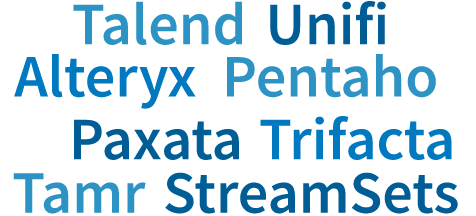
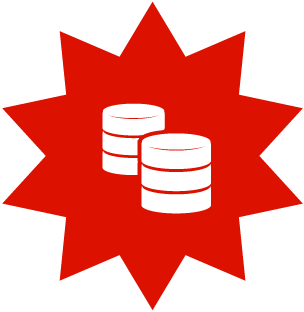
Development Environment & Language
The most powerful notebooks meet the most advanced programming language
The Wolfram Language allows programmers to operate at a significantly higher level than ever before by leveraging built-in computational intelligence that relies on a vast depth of algorithms and real-world knowledge carefully integrated over three decades. The Wolfram Language also avoids the shortcomings of traditional computer languages of applying the same programming style to every problem by simultaneously supporting both symbolic and numeric methodologies as well as multiple programming paradigms, such as procedural, functional, rule-based, pattern-based and more.
Show moreless
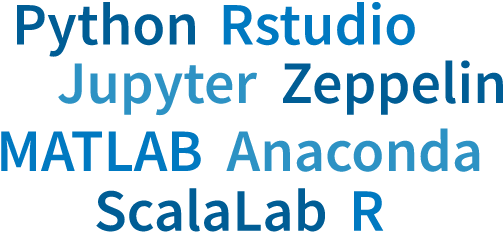
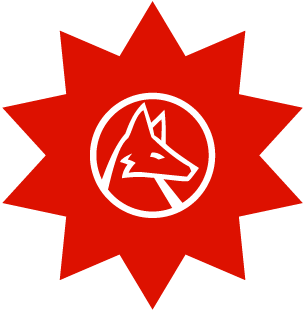
Deployment & Publishing
Scalable, cross-platform, enterprise-grade deployment & fully interactive publishing
Wolfram's technology stack is unique in automating the process of deploying functionality across the diverse technologies of the modern computing marketplace.
Show moreless
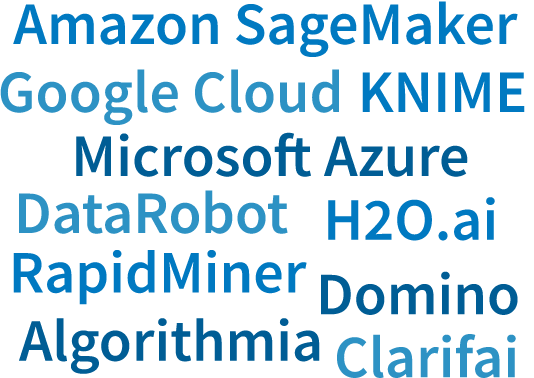
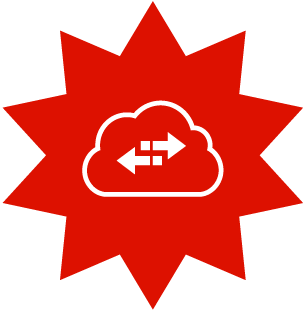

Sample Industry Use Cases Powered by Wolfram Data Science
Forecasting &
Reporting
Recommendation
System
Training &
Deployment
Product
Sorting
Optimizing Analysts' Productivity with Data: Delivering Unique Analysis, Unique Interfaces and Unique Insights
Import and enrich data
Wolfram Language
Wolfram Knowledgebase
Knowledge Representation & Access
2Preprocess, explore and clean the data
Wolfram Language
Wolfram Algorithmbase
3Train TimeSeries forecasting models
Wolfram Language
Wolfram Algorithmbase
4Deploy as autogenerated quarterly report and API
Wolfram Language
Wolfram Notebooks
Creating Form Interfaces & Apps
Low-Level Notebook Programming
Wolfram Natural Language Understanding

Instant API
Cloud/Desktop/Mobile Dashboard
Live Presentation Document
Natural Language Querying of Live Data & Insights
Augmenting E-commerce Recommendation Systems with Personal and Real-World Event Data
Import data
Wolfram Language
Wolfram Knowledgebase
Knowledge Representation & Access
2Preprocess and prepare the data
Wolfram Language
Wolfram Algorithmbase
3Train machine learning models for purchase habits
Wolfram Language
Wolfram Algorithmbase
4Deploy recommender models as APIs to integrate into eCommerce solution
Wolfram Language
Wolfram Notebooks

Instant API
Supercharging Chatbots with Real-World Knowledge to Optimize Effectiveness of Customer Support Teams
Import and enrich data
Wolfram Language
Wolfram Knowledgebase
Knowledge Representation & Access
2Preprocess & transform data into a structured form for chatbot training
Wolfram Language
Wolfram Algorithmbase
3Build a knowledge graph & train a conversational bot using an NLU toolset
Wolfram Language
Wolfram Algorithmbase
Graph Components and Connectivity
Wolfram Natural Language Understanding
4Deploy a conversational bot & knowledge graph APIs for messaging platforms
Wolfram Language
Wolfram Notebooks
Creating Form Interfaces & Apps
Wolfram Natural Language Understanding
Programmable Linguistic Interface

Instant API
Cloud/Desktop/Mobile App
Automating Quality Assurance on the Factory Production Line: From Image Data to Robotic Arm, All within One Unified Notebook Workflow
Import data
Wolfram Language
Graphics Importing & Exporting
2Preprocess, clean and auto-label the data
Wolfram Language
Wolfram Algorithmbase
3Train an image recognition neural net for detecting defective products
Wolfram Language
Wolfram Algorithmbase
4Deploy models as APIs to integrate with a live CCTV feed & a sorting robotic arm
Wolfram Language
Wolfram Notebooks
Creating Form Interfaces & Apps

Instant API
Cloud/Desktop/Mobile Dashboard
Embedded App
Resources for Wolfram Data Science

Language Reference
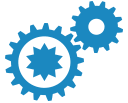
In Action

Videos and Courses
- Interactive Course: Multiparadigm Data Science
- Data Science & Statistics on Wolfram U
- Live CEOing with Data Science

From the Community
Data Science Technical Consulting
At Wolfram, we know what's possible with computational technology because we are global leaders in creating it. That gives us an unprecedented depth of expertise in applying it to consulting work in a variety of fields. Let our computation experts help you with your project—any size, any level.
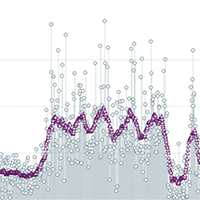
Improving Management Processes Operations Research

Reducing Hazardous Accidents Industrial Engineering
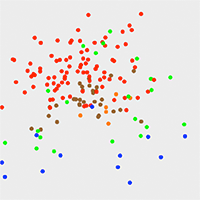
Analyzing Energy Production Potential Civil Engineering
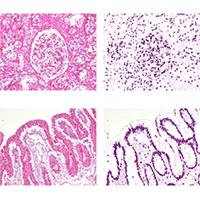
Segmenting Microscopic Images Image Processing

"The Wolfram Language is my Swiss Army Knife, because everything is packaged in one place. I have visualization and data analysis in just one tool."
Rodrigo Murta,
Manager of Retail Intelligence
St. Marche Supermarkets

"We chose Mathematica really because of three key things for us: speed, power and flexibility."
George Danner,
President
Business Laboratory, LLC

"There's some good magic going on in that neural networks algorithm..."
Mike Foale,
CEO
FOALE AEROSPACE, Inc. and former NASA astronaut

"We're able to do things very quickly with the Wolfram Language, with some tasks taking an order of magnitude longer in other systems. And with the range of functionality covered, I haven't come across something yet that the Wolfram Language hasn't been able to help me do."
Andrew Yule,
Technology Manager
Assured Flow Solutions

"By leveraging the full spectrum of methods and tools available, we constantly surprise clients with key insights in areas they hadn't considered."
Jon McLoone,
Director of Technical Communication & Strategy
Wolfram Research, Inc.
Get Started with Data Science
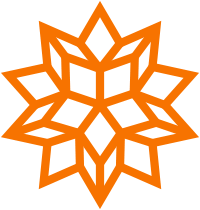
Our Technology
The ultimate environment for multiparadigm data science
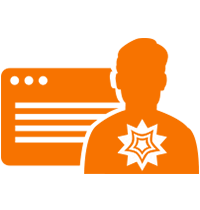
Your Projects
Work with our experts to optimize your system and workflow

Your Computation Hub
A centralized, private cloud, secure enterprise solution

Interactive Data
Science Course

Download
Brochure



